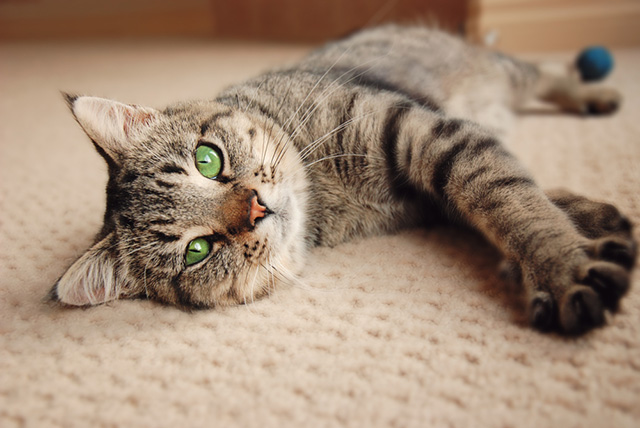Osteoarthritis is a painful degenerative disease of the joints that is common in both humans and pets. The consequences of this disease for the affected pet are reduced joint mobility and pain resulting in lameness or stiffness which can lead to a very much reduced quality of life. It is therefore an important disease to both identify and manage effectively.
How many cats have joint disease
Joint disease is thought to affect up to 20% of the dog population with around 95% of affected individuals being over 5 years of age. The number of affected cats is more difficult to assess as they exhibit more subtle signs .In one study of cats over 12 years of ageÊ95% of cats showed x-ray evidence of joint degeneration, suggesting that the number of affected cats appears to be higher than commonly accepted.
What are the signs of joint disease in cats?
So how would you know if your cat might be affected? There may be obvious signs such as lameness and limping but signs can also be non-specific.Ê Watch out for reluctance or reduced ability to jump, decreased jumping height, a stiffness in the gait, changes in activity levels, changes in personality, reduced appetite or even a reduction in grooming habits.
How to care for a cat with joint problems
Your petÕs annual health check and booster is an ideal time to discuss with us if you are worried that your cat may be showing some of these signs and discuss whether he or she would benefit from any additional management steps to put the spring back into their step.
Management options for cats with reduced joint health need to be tailored to the individual but effective steps may include one or more of the following:
- anti-inflammatories
- weight management
- environmental modification
- modified exercise
- physiotherapy
- joint support supplements
- Joint support diet

